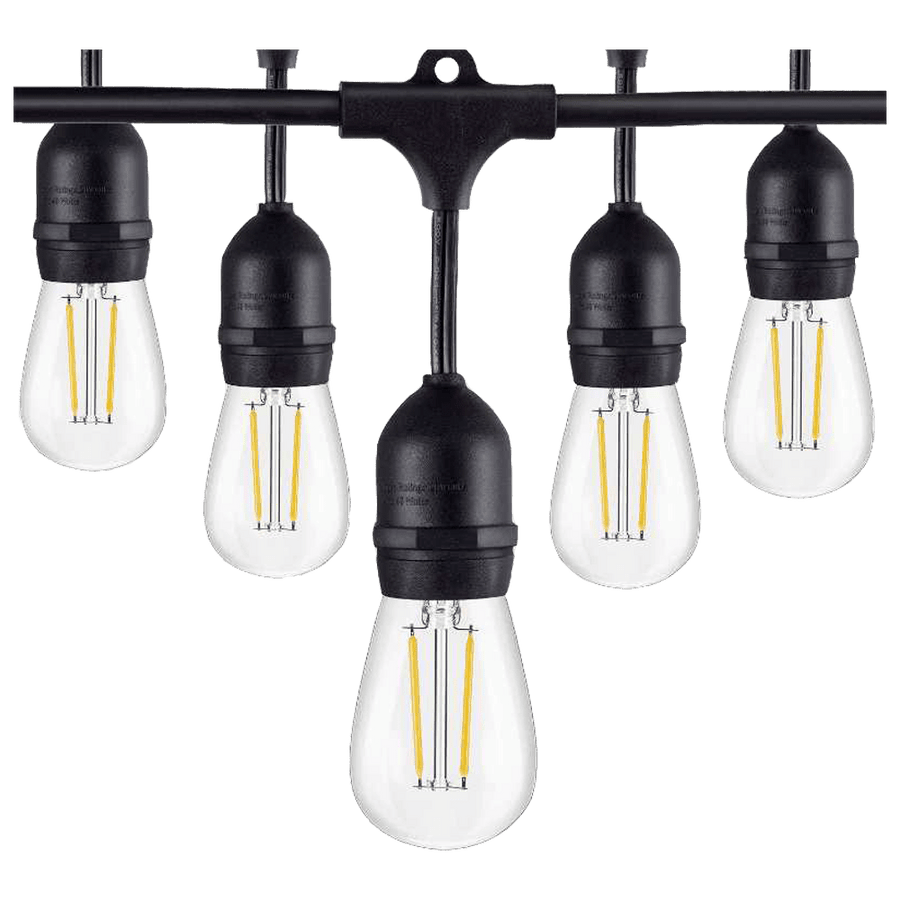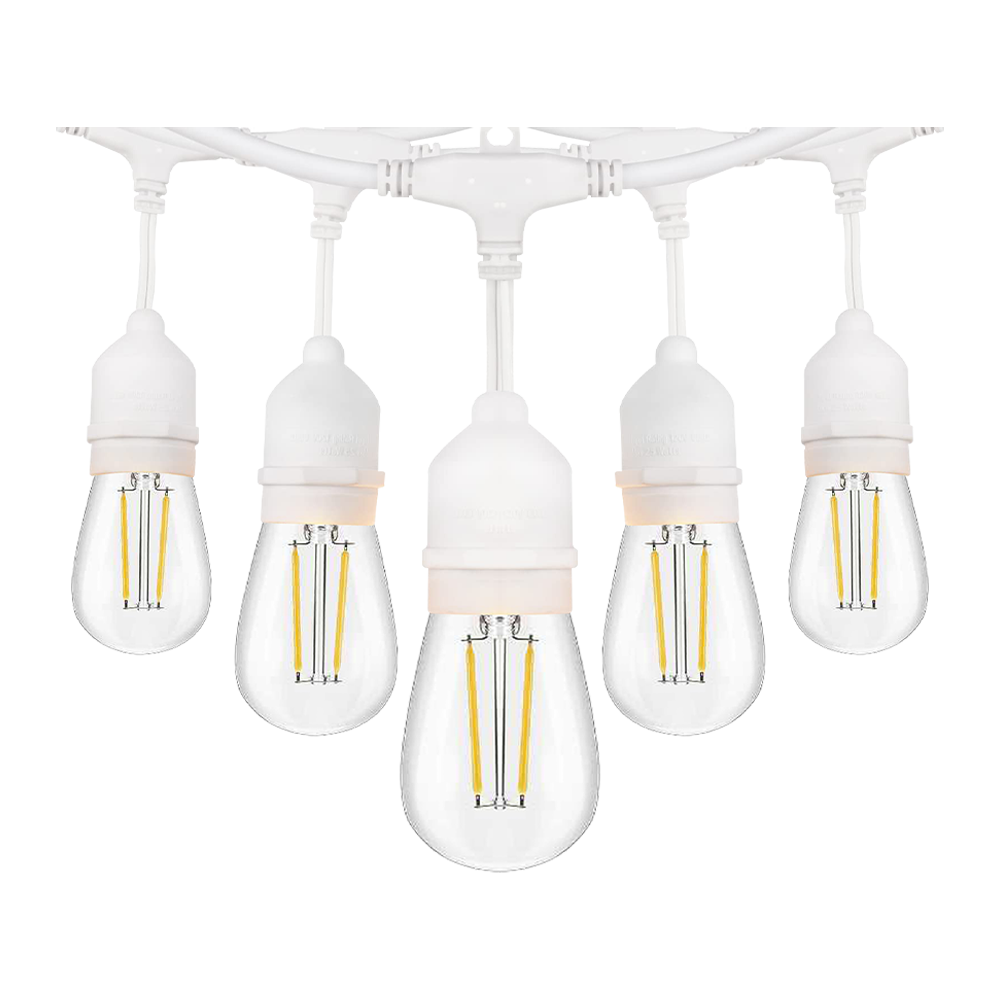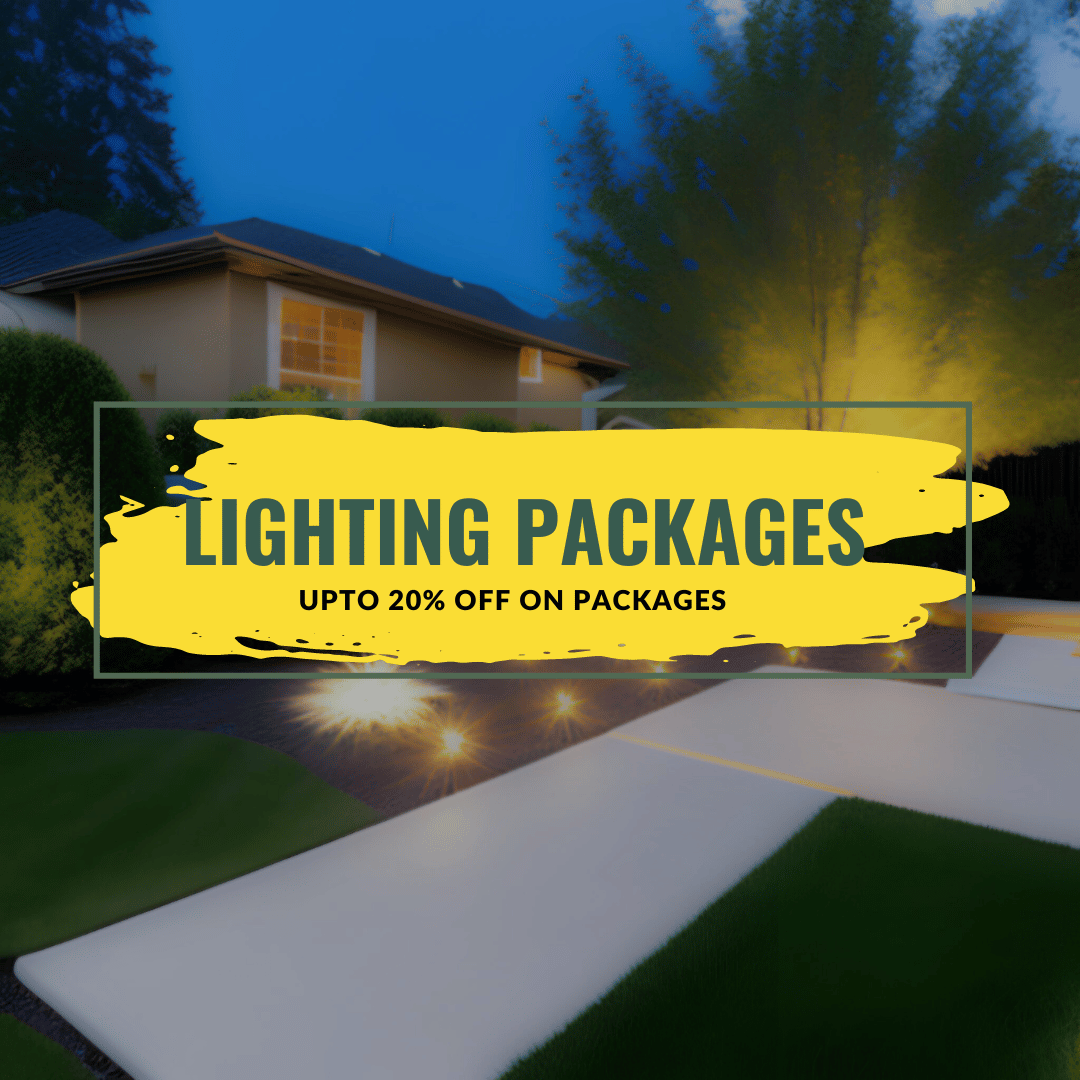8 Different Techniques to Lighting Outdoors
Your outdoor garden plan will be revived by outdoor lights. The great outdoors has so much to offer, from breath-taking views to peaceful naps, but if you want to make the most of this fantastic world around you, it's time to upgrade your landscaping with some lovely, fashionable outdoor lighting.
You're going to enjoy these garden lighting concepts if you have lawn ideas. They turn a previously dark area into a magical scene filled with color, light beams, and effects while also ensuring safe passage along roads and down stairs.
8 Outdoor Lighting Techniques:
Make unique outdoor lighting to differentiate your home from others. Creating your outdoor lighting should follow the same principles as designing your inside lighting. In order to make your lawn more aesthetically pleasing and useful, think about the components you want to highlight as well as the regions you need to highlight.
These two components working together will create the framework for your outdoor lighting design.
- You must also take into account how your exterior lighting appears when viewed through your windows if you want to ensure that it gives you the appearance you want. Lighting the front yard is different than lighting the back, but outdoor lighting ideas provide you a wonderful experience to enjoy regardless of the weather. If you want to present a uniform impression, front porch lighting is for both your enjoyment and the enjoyment of your neighbors.
- Your home's outside might benefit greatly from having creative outdoor lighting solutions. They provide general night time lighting as well as enhancing the atmosphere, the garden, and/or the house. For every external scheme, use multiple layers of illumination. Small lights are helpful for illuminating paths, uplighting trees and/or other plants, ambient lighting, and lamps in gathering places.
In this situation, I would advise that your landscape light be on a dimmer so that you may change the lighting settings. Here are some different techniques to outdoor lighting.
1. Light the Main Garden.
By concentrating on the garden itself, lighting concepts can be used to highlight sculptures, make fountains into lively glittering features, and make trees into a focal point.
To produce these effects, award-winning garden designer Janine Pattison of JPS Landscape Design employs a variety of strategies. She says, "We use silhouetting, spotlighting, uplighting, and downlighting, which when paired with thoughtful color choices, lend a touch of lifestyle flair to a garden."
Uplighting is frequently used to highlight unique elements, like a sculpture or tree. Everything stands out against the darkness thanks to the one spotlight that has been shining down the entire time. The effect of downlighting is identical to that of uplighting, but the spotlight is pointed upward and its beam is directed downward. A tree's shadows cast by moonlight produce a dappled look that resembles moonlight. When used with these other approaches, backlighting a feature makes it appear silhouetted and helps create a theatrical 3-D illusion.
2. Step Lights for Step Lighting.
Learn how to brighten the borders and stairways of your garden without making a significant financial commitment. Steps may be lit from any angle, including from above, below, and on all sides.
Making steps safe is the primary goal of step lighting. We constantly work to ensure that the lighting is as equal and glare-free as possible; the easiest way to achieve this is to direct the light across the steps rather than directly into the faces of anyone using them. Because of this, we wouldn't install lights in the risers unless there was no other choice. You have a terrific location for your lights if you are fortunate enough to have walls at the side of your steps.
For an uncluttered appearance, the walls are the best spot to hang your lights. For many locations, step lights with built-in eye protection are a terrific idea. They'll increase safety if you utilize them in dimly lit areas.
3. Wall Lighting will make visitors Feel Welcome.
When used appropriately, outdoor lighting can alter your front porch ideas and breathe new life into your home's entrance. I had no idea where to start when I initially started working with outside lighting or what kind of system would work best for my residence. Also think about if yard security lighting is necessary in this situation.
First and foremost, consider the general impression you want your front porch design to evoke. The fixture's shape should support your "vision" and provide curiosity. When possible, consider quality and get high-grade lighting.
By altering the lighting, such as by placing some white lights behind your models, you may also add some interesting effects and reduce the amount of pictures you need to take. My intention was to use a white-out monochrome design for this project and instead emphasize textured shapes. I love incorporating old elements into designs.
4. To make a patio, use Wall Lighting.
No matter the weather, patios give you access to a flexible outside space that you can use from day to night. Patio lighting is crucial if you want your patio to appear fantastic at night. No matter the size or style, wall lights are a fantastic option for outdoor lighting that is both functional and atmospheric. The outdoor lighting mentioned above offers efficient task lighting for illuminating various garden areas, drawing borders, and connecting various locations inside a larger garden.
These lights are perfect for illuminating the garden's highlights and come in handy as a soft source of light when you want to unwind or host an evening gathering.
5. Spotlights Illuminate Your Wall.
Your patio or outdoor garden might benefit from the visual interest and color added by a living wall. With incorporated patio lights, this outdoor living space was uplit, resulting in a cozy, welcoming ambience. Since installing an in-ground garden lighting system is more expensive, many people opt to buy one instead. They do, however, provide a number of advantages over conventional lighting options. You will be able to grow your plants more successfully, for instance, and enjoy them for a long time.
According to landscape architect John Davies, the wall won't be properly lighted if the walls are spaced too far apart. We selected a wall lamp for this garden that can be placed further away and still effectively illuminate the wall.
6. When planning your Outdoor Lighting, Keep Wildlife in Mind.
Wildlife habitat is one of the factors to take into account while designing garden lighting. Light has a profound effect on wildlife. Artificial light can change this since animals must rely on the sun's rising and setting to provide them cues.
One of the best methods to make your yard appear inviting is to illuminate the sky; but, if your light fixtures are high up and beam into the sky, they'll increase the quantity of light coming in. You can lessen the quantity of light shining into the sky by placing lights lower down and/or installing covers.
Early studies suggest that wildlife may suffer from strong lights. Red, yellow, and green lights generally seem to have less of an influence than white and blue lights, while the effects of these colors vary. You should be aware that bats will avoid lights that have been put in other ways while deciding where to place one. You can construct bat houses and other structures to invite bats to use your garden as a shelter and roost.
7. Spotlights are used to illuminate the tree.
Creating focal points and light sources inside a home or structure used to be standard procedure. Even today, you can apply this technique to plants in pots or in between trees. Additionally, it is useful for lighting walls.
In order to make intriguing patterns of light and shadow on the surfaces, the lights should have a focused beam. It's quite challenging to light successfully when "hedging." Instead, grow trees and illuminate them inside a space encircled by a hedge. Use a tiny light kit or a single light on a stand to illuminate a hedge.
Place the light close to the top of the hedge, and illuminate the greenery there. To cast a gentle, even light on the hedge, use a surface lamp with low diffusion.
8. Be the Pool's Lighted Feature.
Modern waterfalls, feature fountains, and reflective pools are stunning during the day, but they are truly amazing at night when diving equipment and clear, glass-bottomed boats are employed to illuminate underwater things.
Sarah Jane Rothwell, a landscape designer in London, gives several suggestions for enhancing your water element. Here are a few concepts. As water runs, light is transformed into motion, and shadows are reflected by it. Corten steel makes a beautiful bath option. It will provide a warm light that looks beautiful as it bounces off the surface.
The best little cascades have fiber optic light strips extending along the flowing water where the water emerges or underwater lamps focused directly on the pedestal of flowing water. A fiber optic placed in the jet of a bubbling fountain creates the impression that a night light is blazing inside. Fiber optics can be fully integrated into a cascade or fountain to make the water appear to be illuminated from within. Any pool can benefit from a splash of color, but in planted ponds, underwater lights should be avoided because they will draw attention to weeds and roots.
Instead of a fountain, shine a bright lamp's illumination onto a nearby sculpture or plant to cause it to reflect off the water and appear much more powerful.









